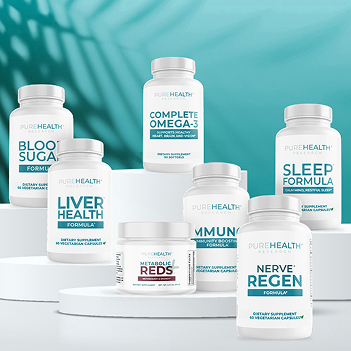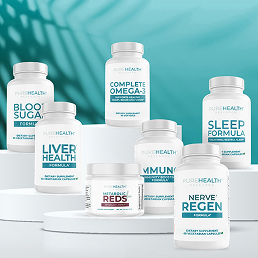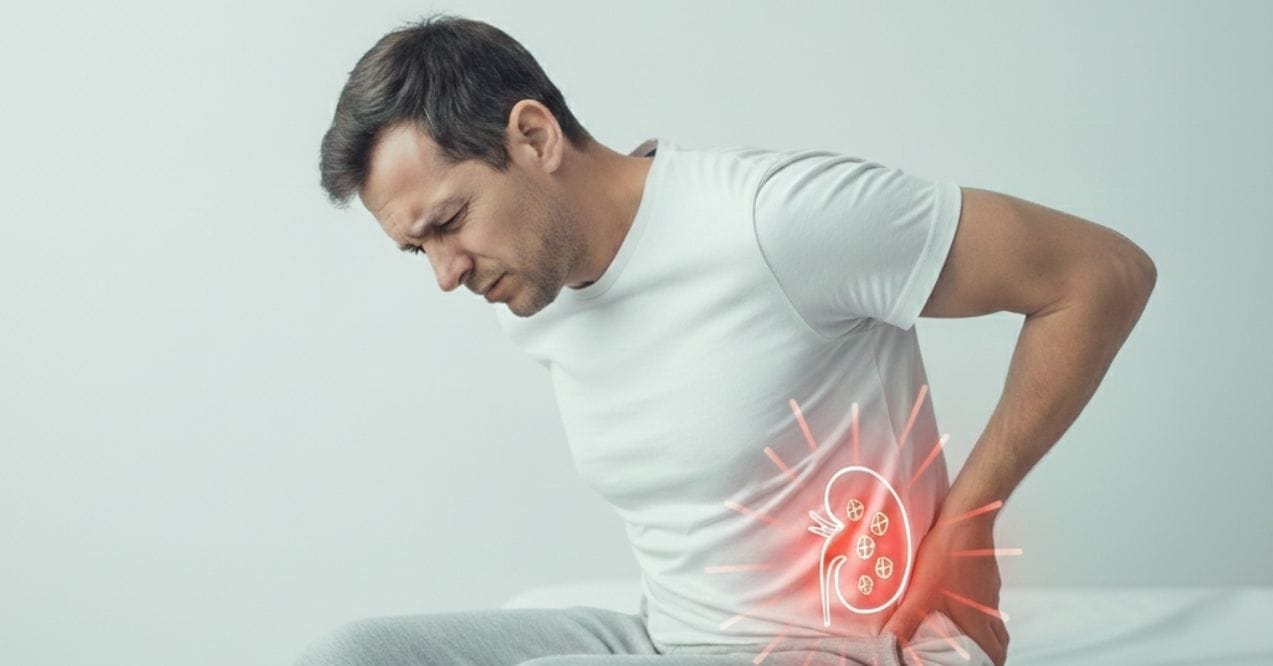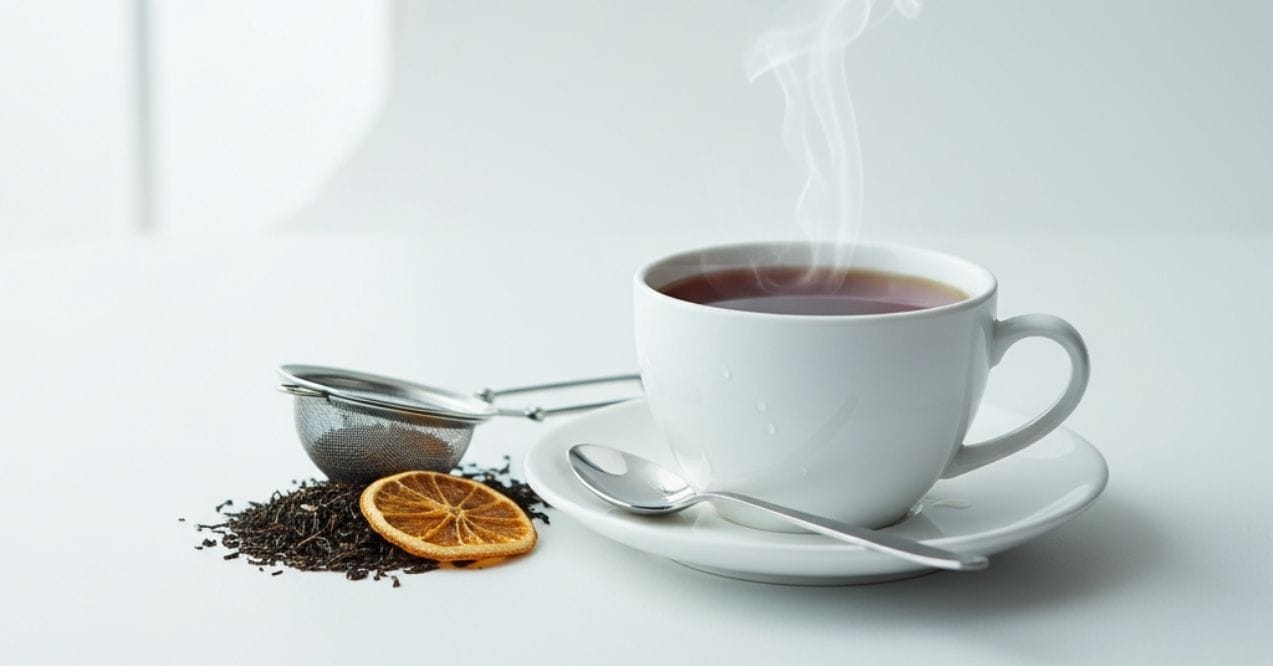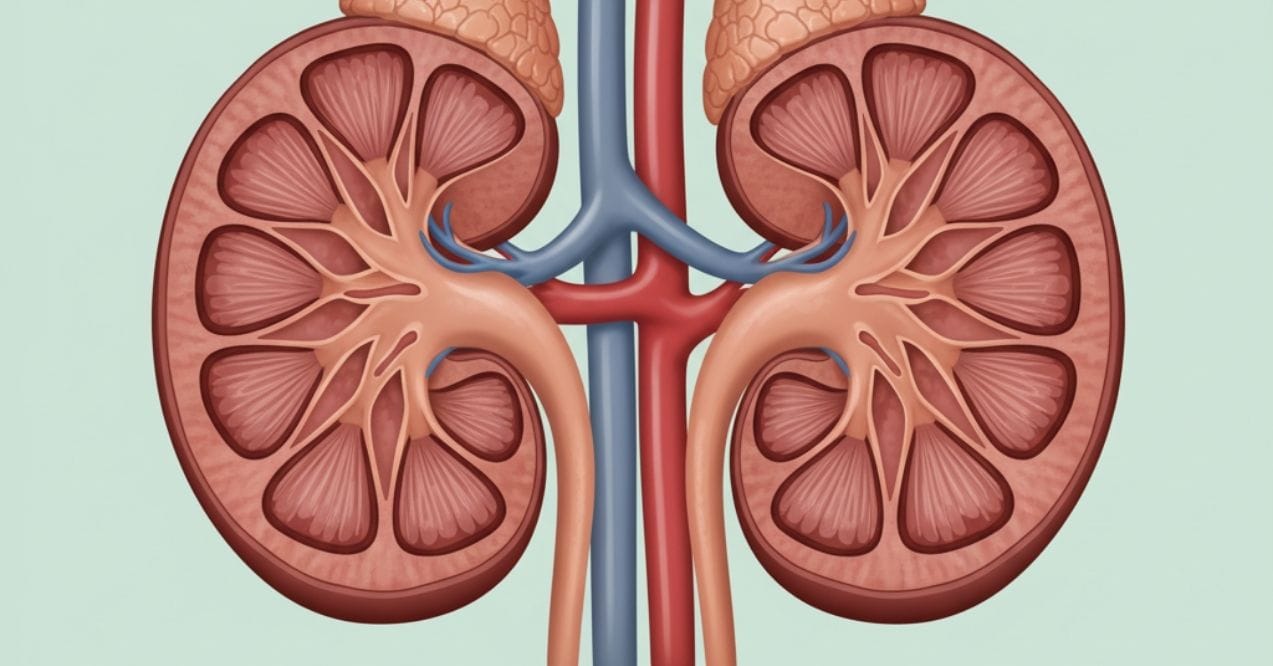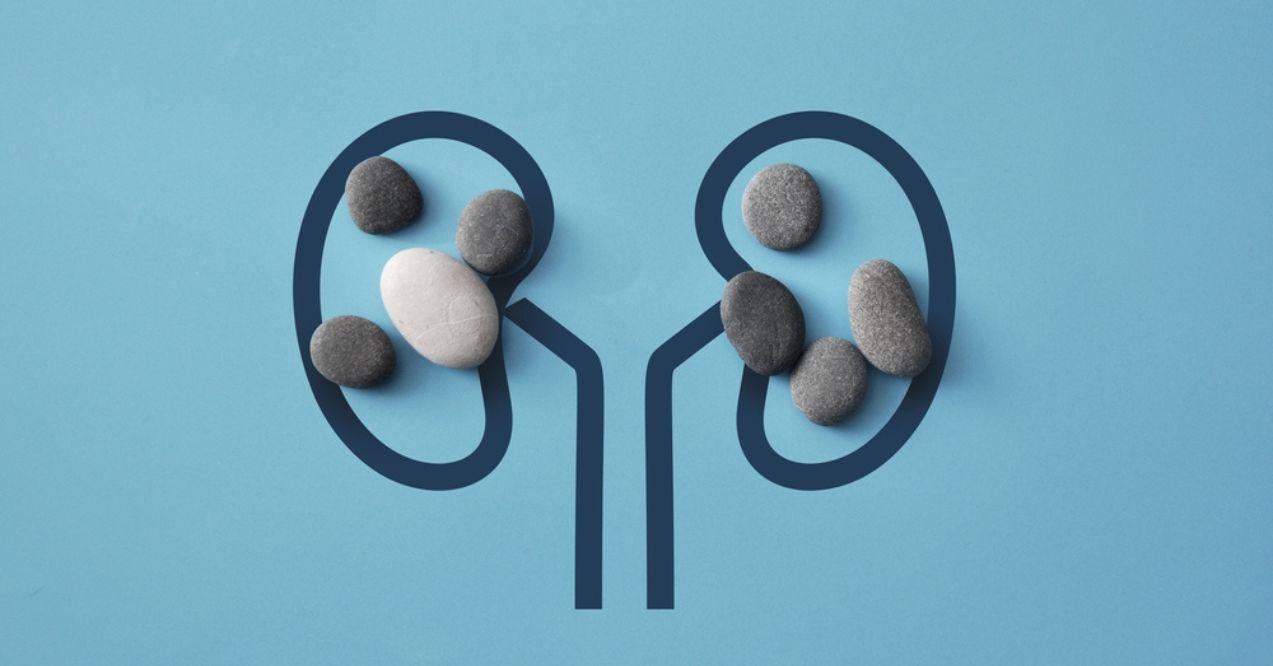What Size of Kidney Cyst Is Dangerous: Simple vs Complex
Learn what size of kidney cyst is dangerous and how structure, not just size, determines if follow-up care is needed.
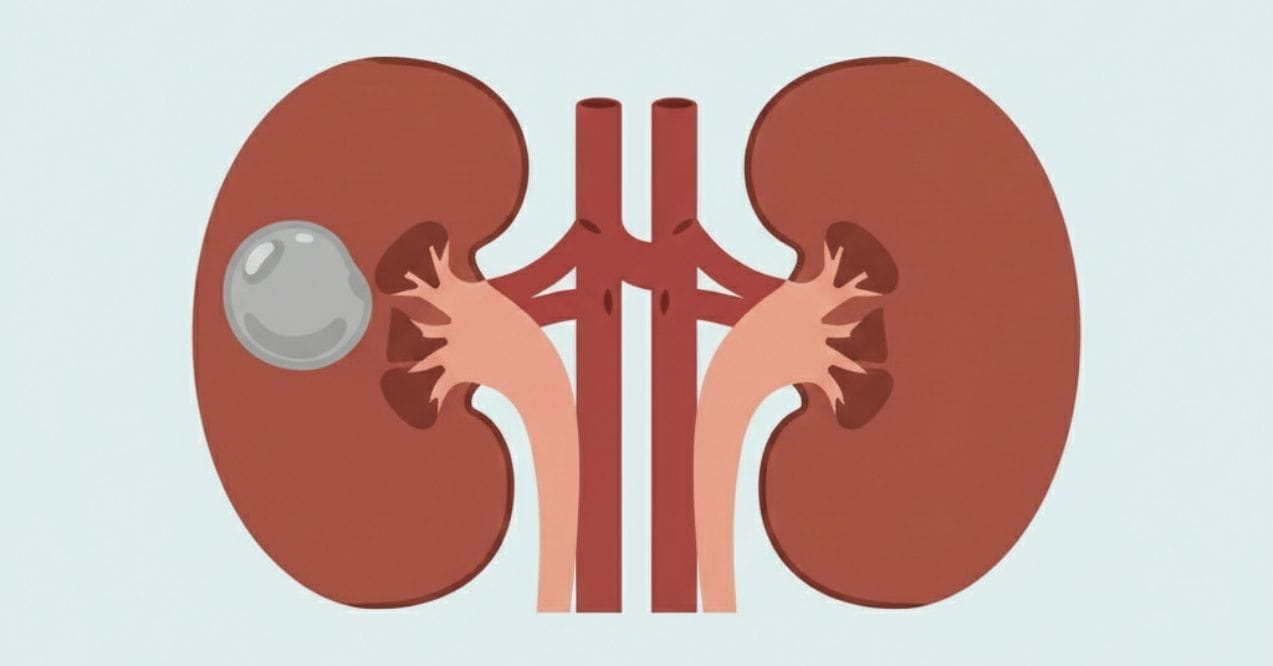

Many people first learn they have a kidney cyst after an imaging test for something completely unrelated. Hearing the term “kidney cyst” can be alarming, but in most cases, these fluid-filled sacs are harmless and don’t interfere with kidney function. However, not all cysts are the same. Some can be more complex, and in certain cases, size may raise concerns.
In this article, we’ll explore the difference between simple and complex kidney cysts, explain what size of kidney cyst is dangerous, and share how you can support kidney health through mindful wellness choices and regular monitoring. Structure matters more than size, and staying informed is key.
Understanding Kidney Cysts
Kidney cysts are fluid-filled sacs that develop in or on the surface of your kidneys. These balloon-like structures are remarkably common and are often discovered incidentally during routine imaging scans for other health concerns. Most people who have kidney cysts experience no symptoms whatsoever and may live their entire lives without even knowing these formations exist.
Are kidney cysts dangerous? For the vast majority of people, the answer is no. These cysts become increasingly common as we age, with studies showing that nearly half of all people over 50 have at least one kidney cyst. They can vary significantly in number, size, and appearance from person to person.
While most kidney cysts pose no threat to your health, a small percentage may require closer monitoring depending on their specific characteristics and structural features.
Types of Kidney Cysts
Kidney cysts fall into two main categories that help determine their level of concern:
Simple Cysts:
- Round or oval shaped with smooth, thin walls
- Filled with clear, water-like fluid
- Rarely grow larger or cause symptoms
- Account for the majority of all kidney cysts
Complex Cysts:
- May have thicker, irregular walls
- Can contain internal divisions (septations)
- May show calcifications or solid components
- Require more detailed evaluation and monitoring
The Bosniak classification system helps medical professionals categorize cysts based on their appearance in CT scans. This system determines whether a cyst can be safely monitored or needs further evaluation.
Does Cyst Size Really Matter?
Cyst size serves as an important guide for medical decision-making, but it doesn’t determine risk levels on its own. Understanding these general size categories can help you better grasp when monitoring becomes more important.
Size Guidelines for Kidney Cysts:
- Under ~1.2 inches (3 cm): Typically considered harmless and require minimal monitoring
- About 1.2–2 inches (3-5 cm): May occasionally cause mild discomfort or press against nearby structures
- Over 2 inches (5 cm): More likely to cause complications such as pain, bloating, or potential urinary flow issues
These size ranges help guide follow-up recommendations and monitoring schedules. Medical professionals often increase their attention once a cyst exceeds about 2 inches (5 cm), particularly if it shows signs of growth or begins causing noticeable symptoms.
However, size tells only part of the story. A cyst’s internal structure is equally – if not more – important than its dimensions alone.
Why Structure Matters More:
- Internal complexity suggests different biological behavior
- Wall thickness can indicate potential changes over time
- Solid components require different monitoring approaches
- Growth patterns combined with structural features guide management decisions
The Bosniak Classification System
The Bosniak classification system serves as a standardized approach used by radiologists to categorize kidney cysts based on their specific features visible in CT scans. This systematic method ranges from Bosniak I through Bosniak IV, with each level reflecting increasing structural complexity and potential concern.
The classification system helps medical professionals determine the most appropriate management approach – whether a cyst should be monitored with periodic imaging or considered for surgical removal.
Category Breakdown
| Bosniak Category | Characteristics | Management Approach | Risk Level |
| Bosniak I | Simple cyst with thin walls, no internal structures, filled with clear fluid | Routine monitoring or no follow-up needed | Very low |
| Bosniak II | Minimally complex with thin septations or small calcifications | Periodic monitoring with imaging | Low |
| Bosniak IIF | More complex features requiring follow-up; thicker walls or septations | Regular monitoring every 6-12 months | Moderate |
| Bosniak III | Indeterminate features with thick walls, irregular septations, or enhancement | Surgical evaluation often recommended | Higher concern |
| Bosniak IV | Complex solid components, thick irregular walls, clear enhancement patterns | Surgical removal typically recommended | Highest concern |
The Bosniak system helps determine whether a cyst can be safely left alone, should be monitored regularly, or may need further intervention based on its appearance. It’s a valuable tool for guiding safe and effective management.
Symptoms That Might Signal a Kidney Cyst Problem
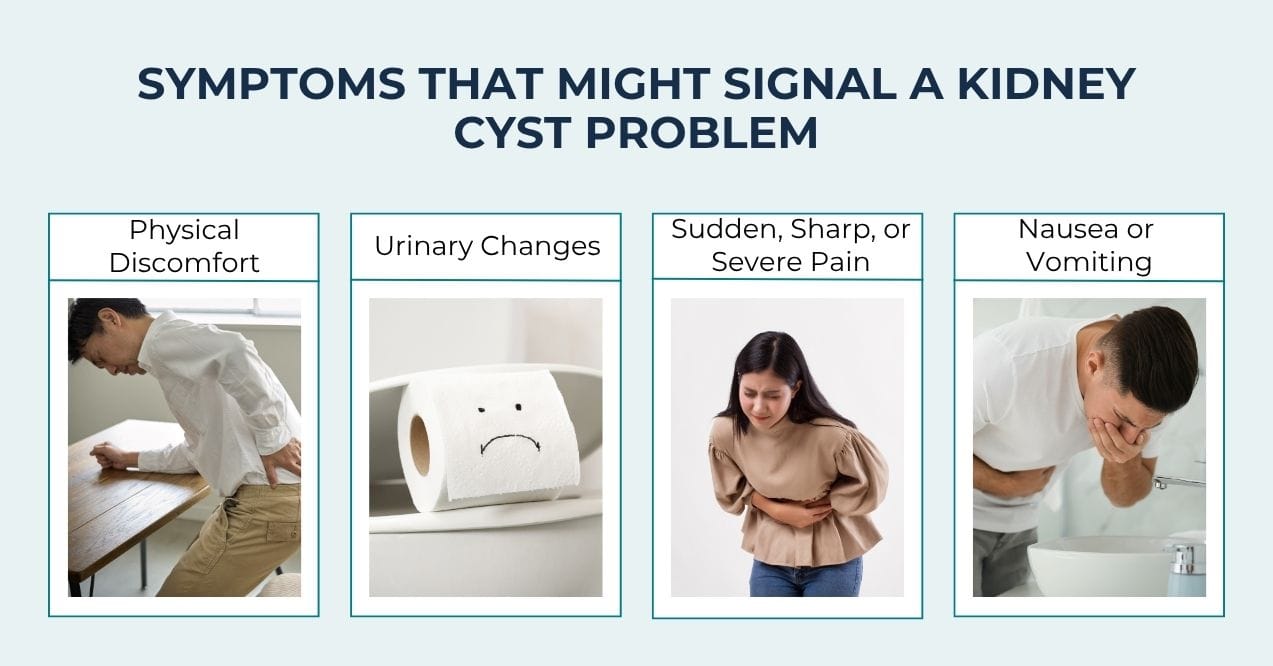
Most kidney cysts remain completely silent throughout a person’s lifetime, causing no noticeable symptoms. However, when cysts grow larger or exert pressure on surrounding structures, certain signs may develop that warrant attention.
Common Signs
The following symptoms may appear when a cyst reaches a size that begins to impact nearby tissues or urinary pathways:
Physical Discomfort:
- Dull, aching pain in the back, side, or lower abdomen
- Persistent feeling of fullness or bloating in the abdominal area
- Discomfort that may worsen with physical activity or certain positions
Urinary Changes:
- Alterations in urinary flow patterns
- Changes in urination frequency
- Sensation of incomplete bladder emptying
Red Flags
Certain symptoms require immediate medical attention as they may indicate complications such as cyst rupture or internal changes:
Urgent Warning Signs:
- Sudden, sharp, or severe pain in the back or abdomen
- Blood in the urine (visible red or pink coloration)
- Fever or chills accompanying abdominal pain
- Rapid onset of nausea or vomiting with pain
Additionally, it is also vital to understand what can mimic kidney stone pain, as kidney cyst discomfort can sometimes present in a similar way. While kidney stones often cause intense, sharp pain, large kidney cysts pressing on tissues may trigger dull or moderate flank pain that can be mistaken for stones. Imaging tests are essential to distinguish between these cases and confirm whether the pain originates from a kidney cyst or an actual stone.
Supporting Kidney Wellness with Supplementation
Certain plant-based nutrients may help support normal kidney filtration and fluid balance. While supplements don’t remove or reduce cysts, they may help promote healthy kidney function as part of an overall wellness approach.
Natural Support Options:
- Dandelion – helps maintain natural water movement and fluid balance
- Cranberry – supports urinary tract lining health and normal function
- Magnesium – contributes to healthy mineral and fluid balance throughout the body
These time-tested botanicals have been valued for centuries in traditional wellness practices for their gentle, supportive properties.
Choosing the Right Supplement
Discover the best supplements for kidney health in our collection, which features a variety of products formulated with ingredients that support normal kidney filtration, fluid balance, and urinary wellness. These supplements include natural, research-backed compounds such as Turmeric, Dandelion, and Berberine, which are known for their roles in promoting healthy kidney function.

Each product in our collection is crafted to target specific aspects of kidney health:
- Supporting natural water movement and fluid balance
- Promoting healthy urinary tract lining
- Enhancing the body’s natural filtration efficiency
By combining tradition-backed botanicals with modern nutritional science, our kidney health collection provides targeted support to help you maintain kidney wellness as part of your daily routine.
Lifestyle Tips for Kidney Cyst Management
While lifestyle habits won’t prevent kidney cysts from forming, they can play an important role in maintaining kidney function and reducing unnecessary strain. Simple, daily practices help support your kidneys’ natural filtration processes and promote overall wellness.
Here are key habits to consider:
- Stay well-hydrated – Drinking enough water throughout the day helps the kidneys flush out waste and maintain smooth filtration.
- Limit salt intake – Reducing excess sodium supports healthy fluid balance and minimizes water retention, which can ease pressure on the kidneys.
- Avoid long-term use of pain relievers – Overuse of certain medications may add strain to the kidneys’ filtration workload over time. Use only when necessary and in moderation.
- Engage in regular, moderate exercise – Physical activity supports circulation, metabolic health, and overall organ function, including the kidneys.
- Schedule regular checkups – Periodic health evaluations, especially if you have a family history of kidney cysts, help monitor kidney health and catch changes early.
Conclusion
Most kidney cysts are benign and never cause problems. However, understanding what size of kidney cyst is dangerous involves looking at both size and structure together. Simple cysts are often harmless, while complex ones may need closer observation.
Regular imaging, maintaining healthy lifestyle habits, and using supportive supplements can help promote kidney wellness over time. Staying informed and proactive is key. By working with a healthcare provider and monitoring any changes, you can confidently manage your kidney health and ensure peace of mind for the future.
A 2.5 cm (about 1 inch) kidney cyst is considered small and is typically harmless. Most cysts under 3 cm (about 1.2 inches) don’t cause issues or require treatment. However, routine monitoring may be recommended to ensure it doesn’t grow or develop complex features over time.
You should be concerned if a kidney cyst grows rapidly, exceeds 5 cm (about 2 inches), causes persistent pain, affects urinary flow, or shows complex features like thick walls or internal divisions. Sudden sharp pain, blood in urine, or fever require prompt medical evaluation.
There’s no guaranteed way to stop kidney cyst growth, but maintaining kidney health through hydration, a balanced diet, limiting salt and pain reliever use, regular exercise, and using supportive supplements may help reduce strain on the kidneys and support overall function.
Cysts larger than 50 mm (5 cm or about 2 inches) may cause discomfort or complications and typically require closer observation. However, a cyst’s structure is equally important; even smaller cysts with complex features may need monitoring. Size and appearance together guide risk assessment.
Sign up for our Healthy Living newsletter!
Advertisement. This site offers health, wellness, fitness and nutritional information and is designed for educational purposes only. You should not rely on this information as a substitute for, nor does it replace, professional medical advice, diagnosis, or treatment. If you have any concerns or questions about your health, you should always consult with a physician or other health-care professional. Do not disregard, avoid or delay obtaining medical or health related advice from your health-care professional because of something you may have read on this site. The use of any information provided on this site is solely at your own risk.
